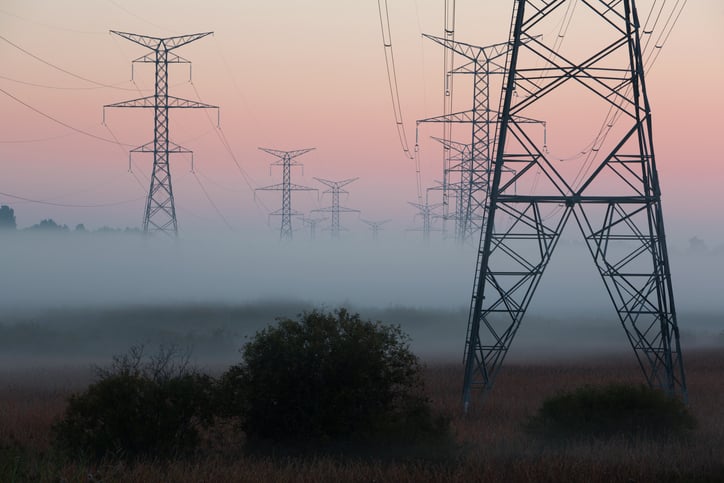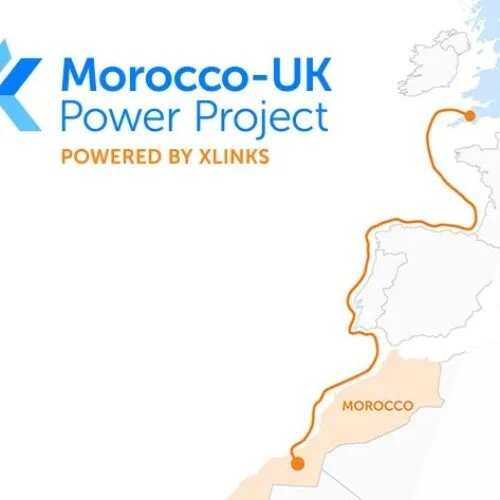Alastair Martin, founder and chief strategy officer at Flexitricity
DNOs will get their marching orders from Whitehall
A year ago, it looked like Distribution Network Operators would receive their new role as Distribution System Operators in the manner of a coronation. Instead, their future will be imposed from above. The ten-point plan opened the policy floodgates: a National Infrastructure Strategy declaring that networks must not “hold back the transition”, an important reworking of the Green Book, a forthcoming energy white paper promising a shakeup of network governance, and a policy paper on economic regulation. Infrastructure is so central to both net zero and Build Back Better that government will control it – whether directly or through a new mandate for Ofgem. Lesson for incumbents: if you don’t lead the charge, you set neither the direction nor the pace.
Electricity will be more open than it’s ever been
“Publish everything!” This meme, which might have been picked up originally from Elexon, has torn through National Grid ESO recently. Now, everyone is searching in cupboards and desk drawers for more things to put on the ESO Data Portal, where anyone can hook into it with an API, analyse and interpret it, and publish their own takes.
This is not esoteric. Network condition information, such as outages, real-time thermal limits and flows, tell the market a lot about where the value is, and go a long way towards explaining the oddities of the Balancing Mechanism. Over time, this will shift investment – both in location and in technology. It’s not just about lithium (though it is a lot about that). Reactive power, fault level, inertia and black start all define new requirements, for which new solutions may be required.
There’s money out there; transparency allows it to be allocated correctly.
COP26 will be big business
It’s been said that the success of the Paris COP21 climate change summit was at least partly down to the participation of authorities within nation states alongside the states themselves. Municipalities, provinces and devolved administrations and governments brought a different perspective, and achieved a much better result than previous summits, such as Copenhagen.
What will be the magic ingredient in Glasgow? This time, a lot will be expected of business. A heady brew of economic liberalism and Roosevelt-inspired recoverynomics is about to be served up, just as everyone has finally got over climate denialism. The UK government wants business to match its £12 billion with a further £42 billion in green investment. Will that happen – and will a similar ratio apply worldwide? I wouldn’t dare put my own numbers on it, but it’s clear that despite everything that went wrong in 2020, there is a lot of money out there looking for something to do. COP26 could do worse than give it the right direction.
Andy Hadland, chief product officer, Arenko
More participation in Dynamic Containment
Dynamic Containment will be fully subscribed, but stacking will become possible. Both developments will strengthen the importance of optimisation and concurrent delivery across multiple markets.
Increasing price volatility
Price volatility will continue increasing and a sharper focus on automated trading strategies will emerge as a consequence.
More players in the reserve markets
The reserve markets will open up to more flexible assets (I had to mention this one!). Storage will provide strong competition for conventional generation and so this emerging, deeper market for storage will inform asset investment decisions in the near/medium term. In turn, it will begin to lock in significant cost and emissions savings for the whole system.
Want to put your crystal ball to the test and feature in the Current± Predicts series? Email three predictions with context to [email protected]






